Crafting an Excellent Cover Letter
A well-crafted cover letter is your first opportunity to make a positive impression on a potential employer. It’s a chance to showcase your personality, skills, and enthusiasm for the role. While a resume provides a factual overview of your experience, the cover letter allows you to tell a story, connecting your past experiences to the specific requirements of the job. This initial document serves as a crucial element in getting you noticed in a competitive job market. Therefore, using a cover letter sample online is a great starting point to understand the key components and structure that are required. By analyzing various cover letter samples, you can learn how to effectively communicate your value proposition to the employer.
Researching the Job and Company
Before you start writing, thoroughly research the company and the specific job you’re applying for. Visit the company website, read news articles, and check their social media profiles to understand their mission, values, and recent activities. This research is vital because it allows you to tailor your cover letter to the specific needs and expectations of the employer. Demonstrate that you understand the company’s goals and challenges. Identify what makes the company and the role special. Address how your skills and experiences align with their needs. A generic cover letter is easily recognized, but a customized one shows that you’ve taken the time and effort to understand the opportunity. This level of preparation shows your genuine interest and increases your chances of getting noticed.
Tailoring Your Cover Letter
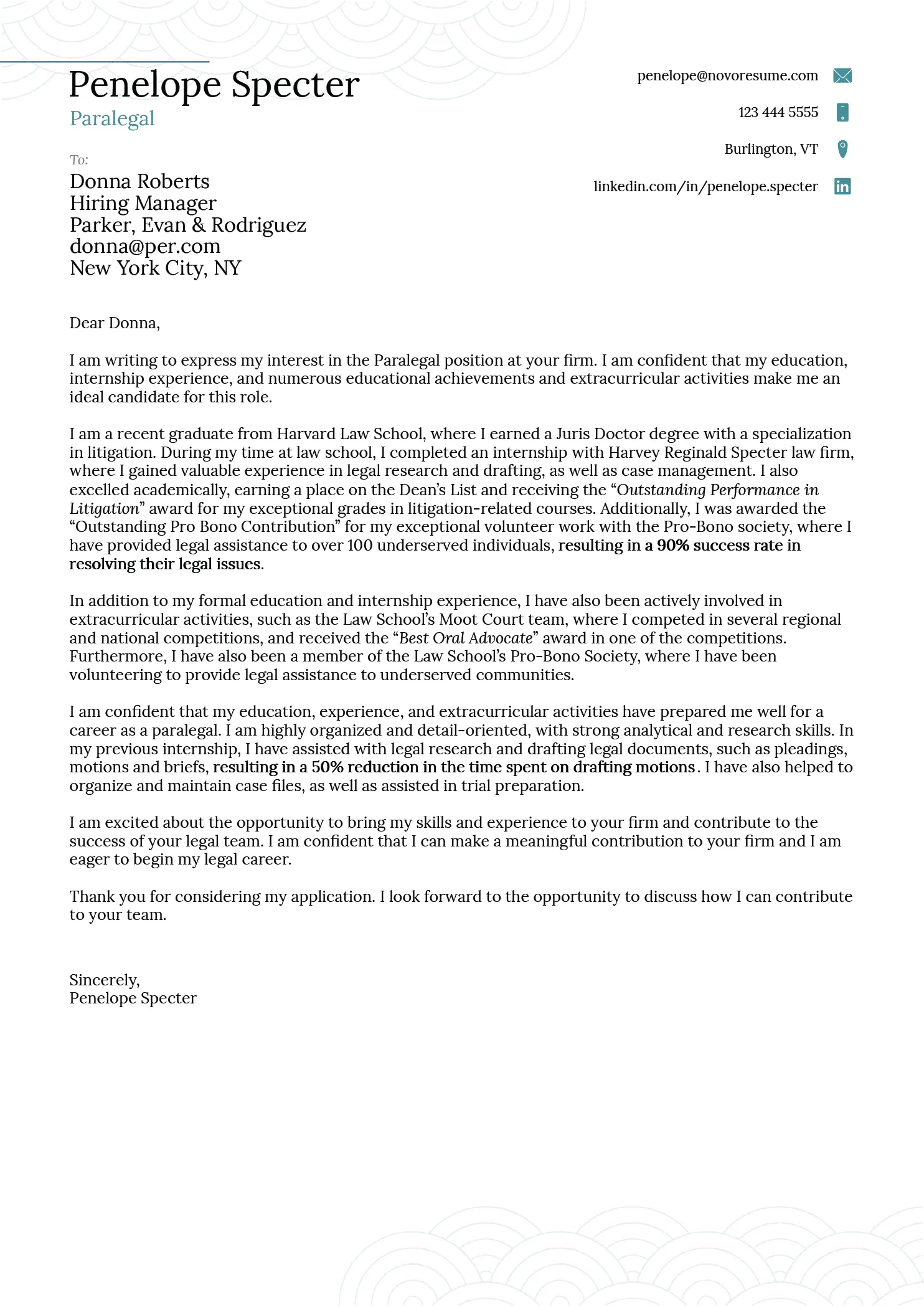
Generic cover letters are easily dismissed. Customize your letter for each job application. Use the job description as your guide to identify the key skills and experiences the employer is seeking. Then, highlight the experiences in your background that directly address those requirements. When you personalize your cover letter, it significantly increases its impact. Make it clear how your skills and experiences can solve their problems or contribute to their success. Incorporate keywords from the job description to ensure your application passes through applicant tracking systems (ATS). Be specific about your accomplishments and explain how your skills have benefitted previous employers. By tailoring your cover letter, you demonstrate that you are a serious candidate and that you have taken the time to understand the role.
Highlighting Relevant Skills and Experience
The body of your cover letter should clearly outline your relevant skills and experience. Provide specific examples that support your claims, rather than just listing responsibilities. When you explain your accomplishments, it’s essential to provide evidence of your past successes. Select a few key skills most relevant to the job description and showcase how you’ve used them in the past. For instance, if the job requires strong communication skills, provide a specific example where you successfully communicated a complex project to a diverse team. If the job description emphasizes leadership, describe a time you led a team, overcame a challenge, and achieved a positive outcome. Use action verbs to describe your experiences, such as “managed,” “led,” “developed,” “implemented,” and “achieved.”
Showcasing Achievements
Instead of simply listing your job duties, focus on your accomplishments. Think about what you achieved in previous roles. What problems did you solve? What goals did you exceed? How did your actions positively impact your previous employer? For example, instead of saying, “Managed social media accounts,” say “Increased social media engagement by 40% within six months by implementing a new content strategy.” Achievements provide a concrete view of your capabilities, allowing the employer to quickly assess your value. Using action verbs to describe what you accomplished is crucial, as is quantifying your achievements whenever possible. This adds credibility and offers a measurable view of your contributions. Demonstrate to the hiring manager that you have a track record of achieving results and that you are capable of delivering on their expectations.
Quantifying Your Accomplishments

Quantifying your achievements significantly strengthens your cover letter. Providing specific numbers and data adds credibility and demonstrates the tangible impact you’ve had in your previous roles. Use metrics such as percentages, dollar amounts, or specific figures. For instance, if you increased sales, state the percentage increase and the timeframe. If you saved the company money, specify the dollar amount. If you improved customer satisfaction, provide the percentage of improvement. This gives the employer a clear view of your value and how you can contribute to their organization’s success. Include relevant metrics whenever possible. By quantifying your accomplishments, you provide concrete evidence of your ability to deliver results and make a positive impact.
Formatting Your Cover Letter
The format of your cover letter significantly affects the first impression you make. Ensure your letter is well-organized, easy to read, and visually appealing. Poor formatting can create a negative perception. Avoid long blocks of text that might discourage a busy recruiter from reading the entire document. Use clear headings, bullet points, and white space to break up the text. Choose a professional font that is easy on the eyes, such as Times New Roman, Arial, or Calibri. The layout should guide the reader through your key points. A well-formatted cover letter demonstrates attention to detail and professionalism, qualities that employers value.
Choosing the Right Font and Size
The choice of font and size can significantly impact the readability of your cover letter. Select a font that is clear, easy to read, and professional. Times New Roman, Arial, and Calibri are all good choices. Avoid using overly decorative or unusual fonts. Keep the font size consistent throughout the document, typically between 10 and 12 points. Larger fonts might appear unprofessional, while smaller fonts can be difficult to read. Ensure sufficient spacing between lines and paragraphs to avoid a cluttered appearance. The goal is to make your cover letter as easy to read as possible. By choosing the right font and size, you improve the overall presentation and enhance readability.
Structuring Your Cover Letter
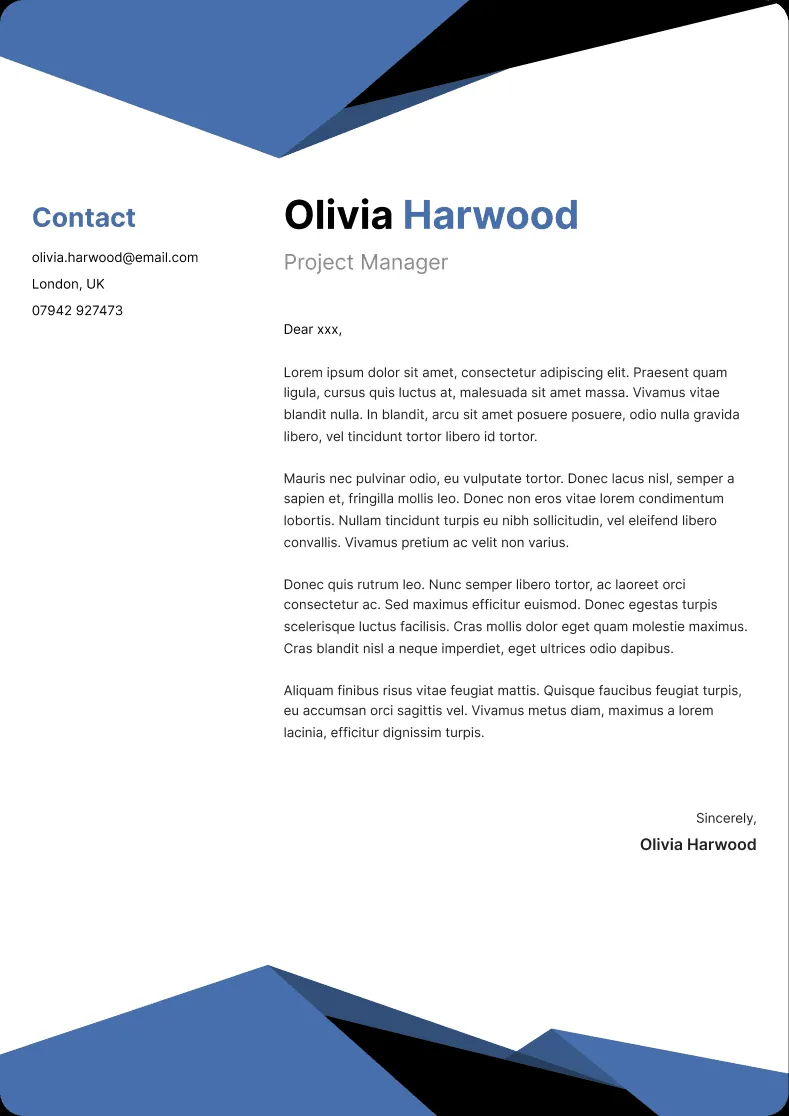
A well-structured cover letter follows a logical flow, making it easy for the reader to grasp the key information. Typically, a cover letter includes an introduction, body paragraphs, and a conclusion. The introduction should capture the reader’s attention. State the position you’re applying for and briefly explain why you’re interested in the role and the company. The body paragraphs should highlight your relevant skills and experiences, supported by specific examples. Focus on how your qualifications align with the job requirements. The conclusion should summarize your key strengths and reiterate your interest in the position. Always include a call to action, such as expressing your availability for an interview and thanking the reader for their time and consideration.
Opening and Closing Statements
The opening and closing statements are crucial for making a strong impression. Start your cover letter with a compelling opening that captures the reader’s attention. Avoid generic phrases such as “Dear Hiring Manager.” Instead, try personalizing your greeting by addressing the hiring manager by name if possible. Immediately state the position you are applying for and briefly explain why you are interested in the role. Your opening must make the reader want to continue reading. End your cover letter with a strong closing statement that summarizes your key strengths and reiterates your interest in the position. Include a call to action, such as expressing your availability for an interview. Thank the reader for their time and consideration. A well-crafted opening and closing create a memorable impact and encourage the reader to take action.
Proofreading and Editing
Proofreading and editing your cover letter is crucial for avoiding errors that can undermine your credibility. Review your cover letter multiple times, checking for grammatical errors, spelling mistakes, and typos. Use a grammar checker and spelling checker to help identify potential issues. Read your cover letter aloud to catch awkward phrasing or sentence structure. Ask a friend or family member to review your cover letter to provide a fresh perspective and catch any errors you may have missed. Paying attention to detail is vital. A polished and error-free cover letter demonstrates professionalism and attention to detail, significantly increasing your chances of making a positive impression.
Key Considerations for Online Applications
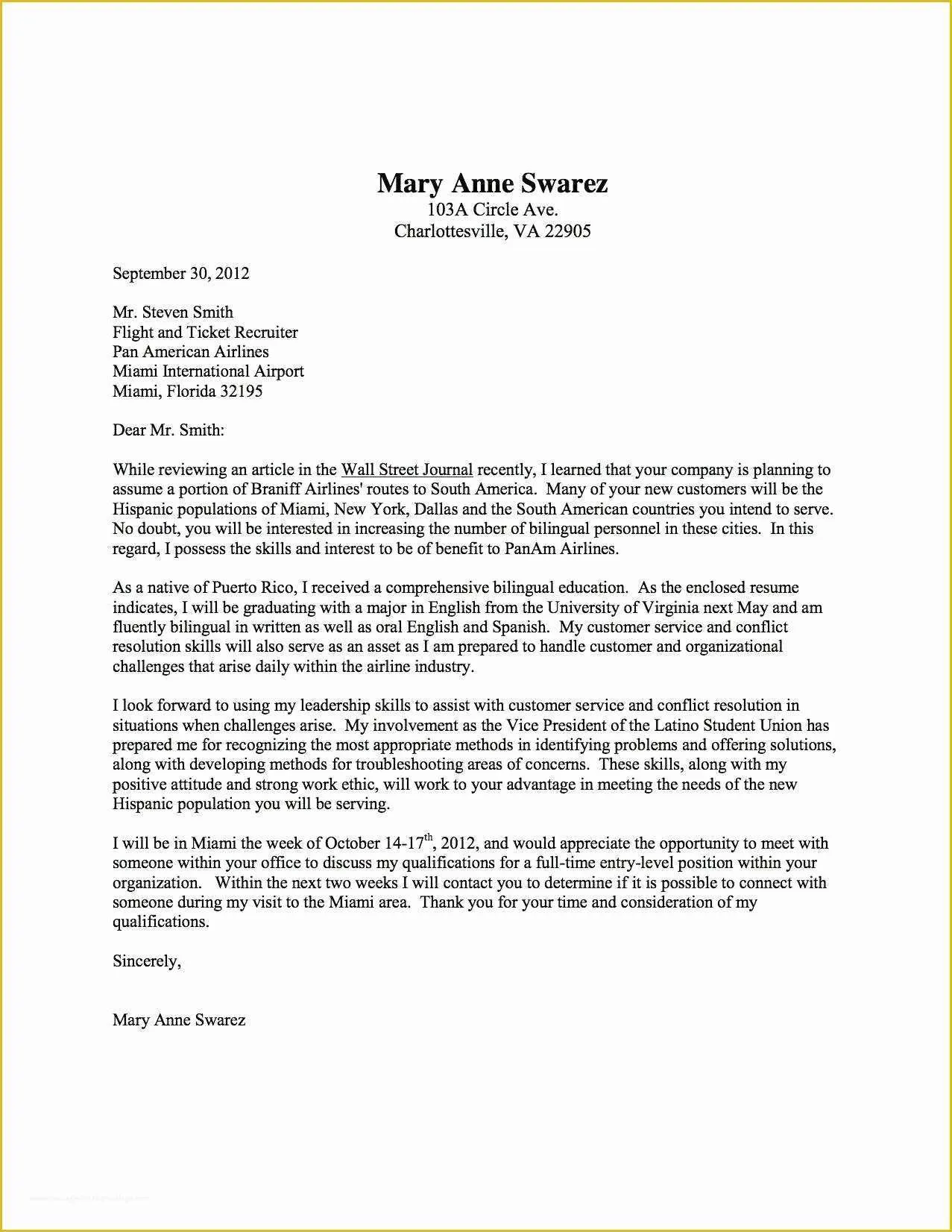
Online applications require specific considerations to ensure your cover letter is effectively received. Ensure that your cover letter is easily accessible. Follow instructions precisely, as minor errors can lead to automatic rejection. Be aware of the formatting requirements for submitting your cover letter online, which is critical to your application’s success. Online systems often use applicant tracking systems (ATS) to screen applications, making it crucial to tailor your cover letter.
Submitting Your Cover Letter Online
When submitting your cover letter online, carefully follow the application instructions provided. Pay close attention to the required file format. PDF files are generally preferred because they maintain formatting across different devices. If the application system specifies a particular file format, be sure to comply. Additionally, use a clear and professional file name that includes your name and the job title (e.g., “JohnDoe_CoverLetter_MarketingManager.pdf”). Follow instructions. Failure to do so can result in your application being overlooked.
File Format and Naming Conventions
The file format and naming conventions used when submitting your cover letter online are essential. PDF (Portable Document Format) is typically the most suitable. PDF files preserve the formatting of your cover letter across various devices and operating systems. When naming your file, keep it simple and professional. Use your full name, the phrase “cover letter,” and the job title. For example, “JaneDoe_CoverLetter_ProjectManager.pdf.” This allows the employer to quickly identify the document and ensures it is properly organized within their system. Always comply with any specific file format or naming instructions. This attention to detail shows that you pay attention to detail.
Following Application Instructions
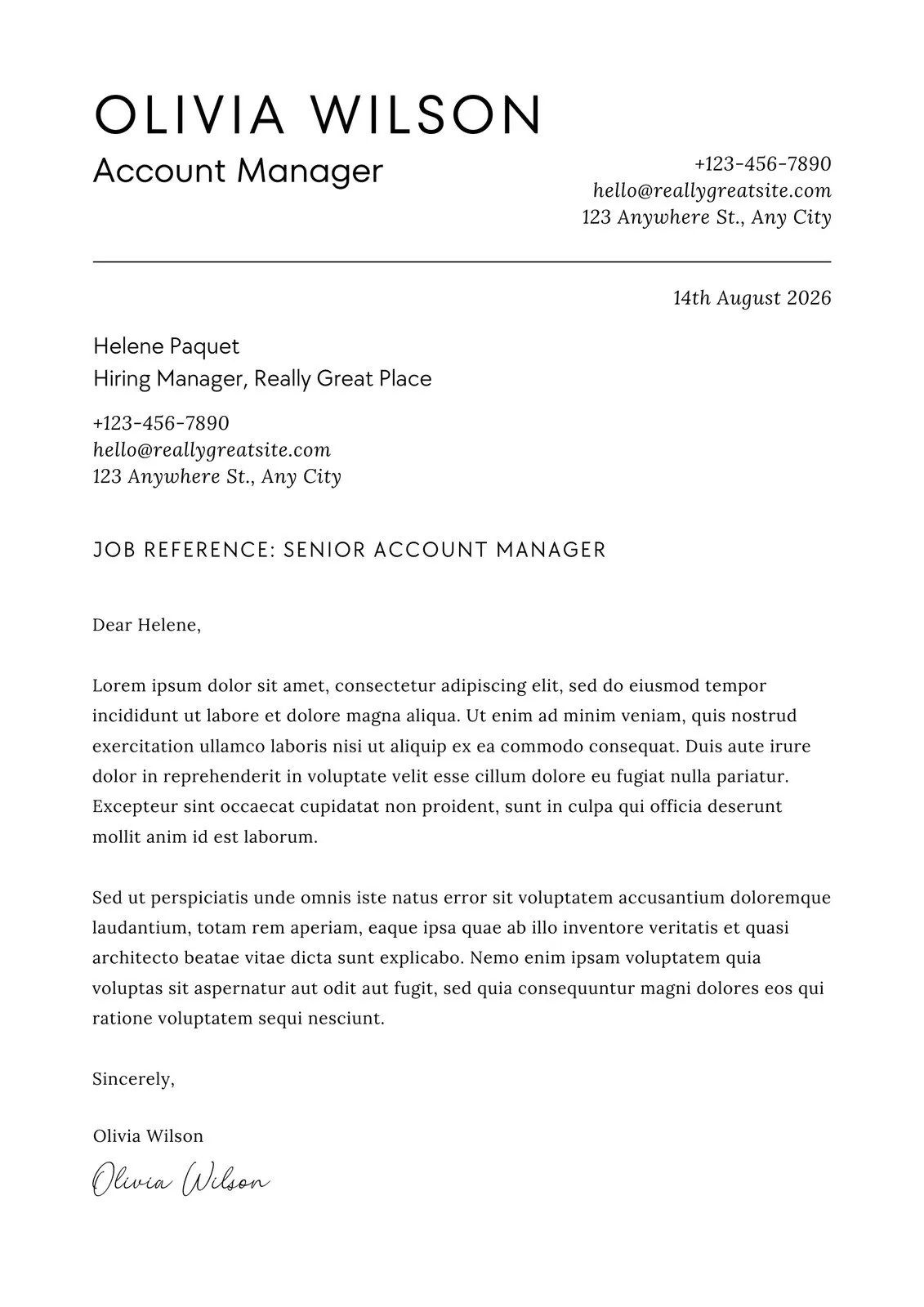
Carefully read and follow all application instructions. Employers provide instructions on how to submit your application, including file format, file naming, and where to upload the documents. Failing to follow instructions can result in your application being overlooked. Always adhere to these guidelines. If the instructions state that you should copy and paste your cover letter into a specific text box, do so rather than attaching a separate document. If you have questions, seek clarification before submitting your application. Following the instructions is a fundamental aspect of a successful application.
Using Keywords in Your Cover Letter
Applicant Tracking Systems (ATS) are often used to screen applications. Tailoring your cover letter to include keywords from the job description can increase your chances of getting through the initial screening process. Carefully review the job description and identify the keywords that are most relevant to the position. Incorporate these keywords naturally throughout your cover letter, especially in the skills and experience sections. However, be careful not to overuse keywords or insert them unnaturally, as this can make your cover letter sound forced and inauthentic. Aim for a balance between keyword optimization and maintaining a conversational, engaging tone.
Analyzing Cover Letter Samples
Analyzing cover letter samples online can provide valuable insights into the format, content, and tone of successful cover letters. By examining a variety of samples, you can learn how to structure your cover letter effectively, showcase your skills and experiences, and tailor your writing to specific job roles. Use the cover letter sample as a resource to learn from other professionals. Identify common themes. Focus on how they present their qualifications and how they make a strong impression on the reader. When examining cover letter samples, pay attention to the language used and the overall flow of the document. Select samples that align with your industry, desired role, and the level of experience. Adapt these samples to fit your particular skills and experience.
Identifying Strong Elements
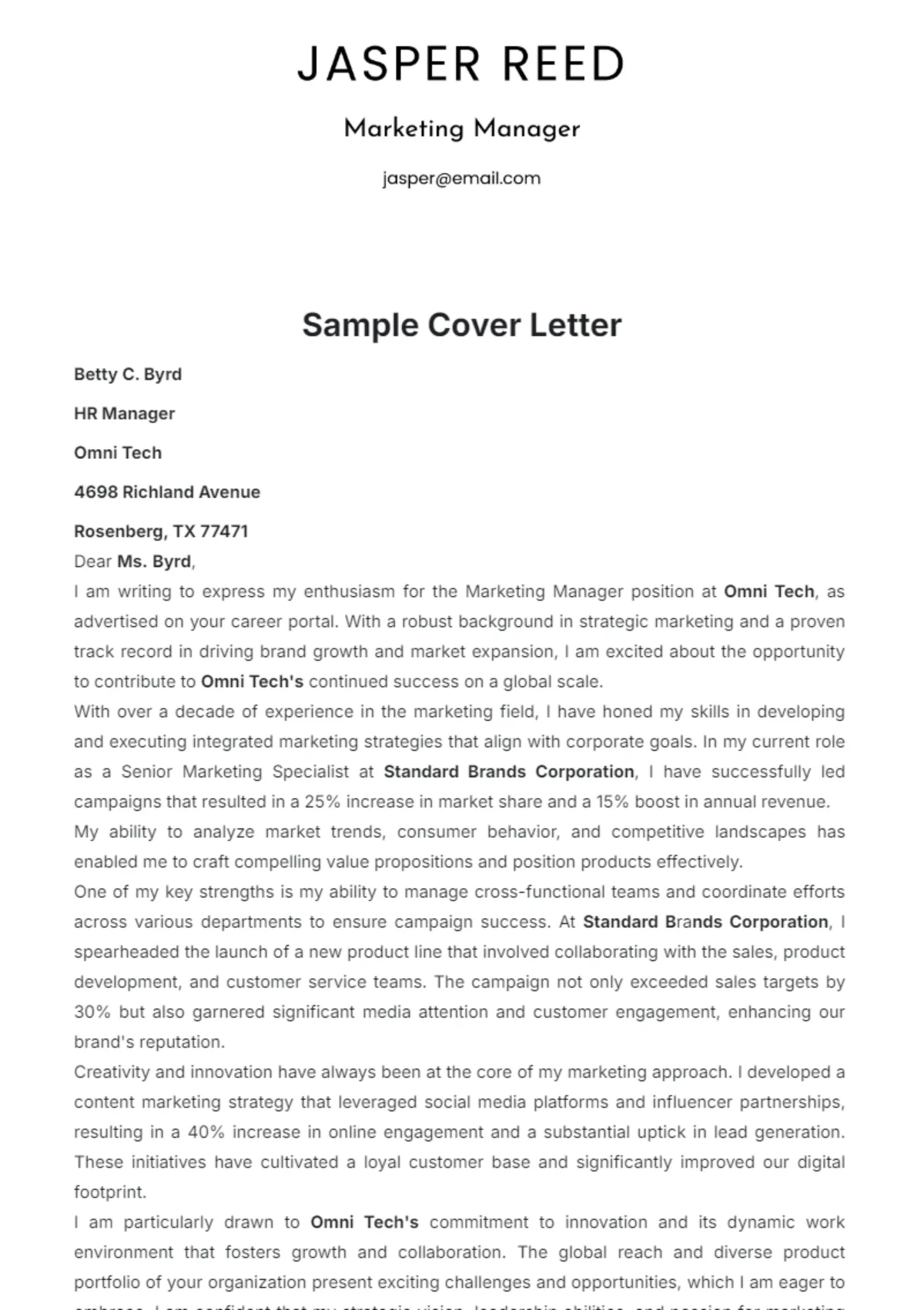
When analyzing cover letter samples, look for elements that make them stand out. Identify how the author effectively highlights their skills and experiences, using specific examples and quantifiable results. Pay attention to the structure and layout, noting how headings, bullet points, and white space are used to enhance readability. Assess the tone and language used, determining if it aligns with the industry standards and company culture. Identify strong opening and closing statements that capture the reader’s attention and leave a lasting impression. Take note of how the writer addresses the specific needs of the role and company. By identifying these strong elements, you can incorporate similar techniques into your cover letter.
Avoiding Common Mistakes
When reviewing cover letter samples, take note of common mistakes to avoid. Generic or poorly written cover letters are easily identified. Be aware of common pitfalls such as grammatical errors, spelling mistakes, and typos, which can significantly detract from your professionalism. Check for a lack of customization, where the cover letter is not tailored to the specific job or company. Avoid using overly casual language or unprofessional formatting. Make sure you don’t repeat information that is already in your resume. Overstating your skills or experience is another common mistake, as is using jargon. By being aware of these common mistakes, you can make sure your own cover letter is polished and professional.
Customizing Samples to Fit Your Needs
Cover letter samples provide a useful foundation for creating your own cover letter, but remember to customize them. Do not simply copy and paste. Adapt the content to accurately reflect your skills, experiences, and the specific requirements of the job. Highlight the achievements that align with the job description. Replace any generic language with specific examples and details. Proofread your cover letter carefully to ensure it is free of errors and written in your voice. Customize the sample to suit your industry and professional style. By personalizing the samples, you create a unique cover letter that showcases your individuality and increases your chances of making a strong impression.
